According to a new study, customised physical therapy may be an effective way to relieve low back pain, which affects an estimated 31 million Americans. La Trobe University researchers discovered that “many patients with low-back disorders that persist beyond 6 weeks do not recover.”
Shoulder Injury
It is the most common type of sports injury involving overhead movement. Overuse loosens the group of tendons and muscles that surround the shoulder, causing these issues. This causes discomfort, weakness, and slipping. Prevention Treatment for muscle strengthening through weight training Exercising the range of motion to strengthen the area Physical therapy is followed by exercises for rehabilitation.
Strain in the lower back
Almost all sports participants suffer from this injury at some point, usually as a result of twisting, lifting a heavy weight, or engaging in an unpracticed sports activity. They are caused primarily by weak or tense muscles, which cause a pull or tear of the fibres and tendons, resulting in a backache.
Prevention:
Use an exercise ball to strengthen and support the lower back, hamstrings, and abdominal muscles. Warm up prior to practise.
Sprained Ankle
When the foot turns inward, the ligaments on the outside of the ankle stretch or tear. They are almost unavoidable in sports that require jumping, running, and quick turns.
Prevention:
Exercise on a regular basis to avoid losing flexibility and strength. Use an ankle brace.
Neck ache and strain
Usually affects one side of the neck, as it may be slightly pulled, causing pain when turning the head. After a long period of time in an awkward position, such as mountain biking, the neck muscles may tighten and stiffen.
Prevention:
Neck stretches and strengthening exercises for prevention
Tennis Elbow
Tennis elbow is a condition in which the outside of the elbow becomes sore and tender. Overuse, repetitive movements, and participation in sports such as tennis all cause damage to the forearm muscles and tendons. This causes elbow pain and tenderness.
Prevention:
Swinging technique with proper body position
Forearm Squeezing a soft rubber ball is an example of a strengthening exercise.
Put on a tennis elbow band.
Running Knee
It happens when the tendon below the kneecap is irritated by overuse, or when the area beneath it is worn or affected by arthritis. Fluid can accumulate and cause swelling and pain in the knee on occasion.
Prevention:
Strengthen the quadriceps muscle, which hooks into the kneecap and helps it align in the groove.
Shin Splint
They are a common injury that affects athletes who participate in running sports or overuse, such as jumping and running on a hard surface during a more strenuous training programme, causing pain in the muscles surrounding the shin bones.
Prevention:
Begin exercising gradually.
Put on athletic shoes.
Muscle Strain
It can occur in almost any muscle in the body as a result of strain, overuse, and fatigue, or as a result of a fall. It occurs when a sudden, severe force is applied to the muscle, stretching the fibres beyond their capacity.
Prevention:
Stretch both before and after exercising.
Work out your muscles on a regular basis and avoid working out when you are tired.



Hi, this is a comment.
To get started with moderating, editing, and deleting comments, please visit the Comments screen in the dashboard.
Commenter avatars come from Gravatar.